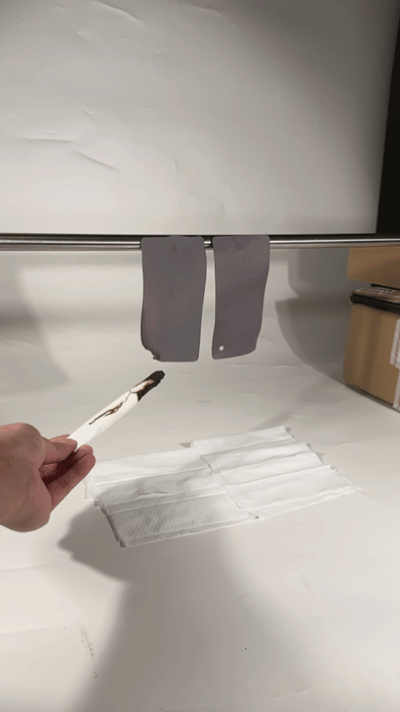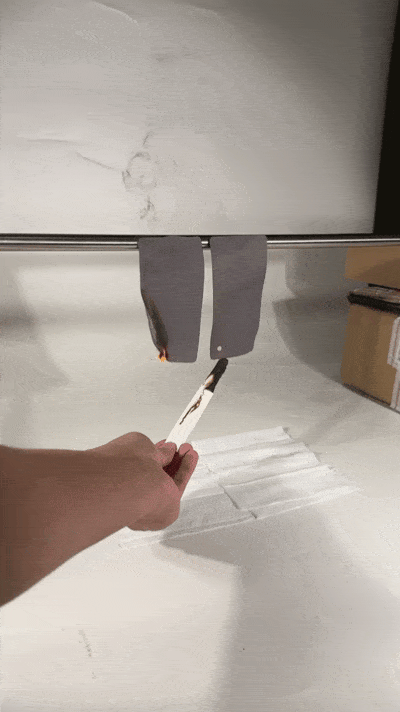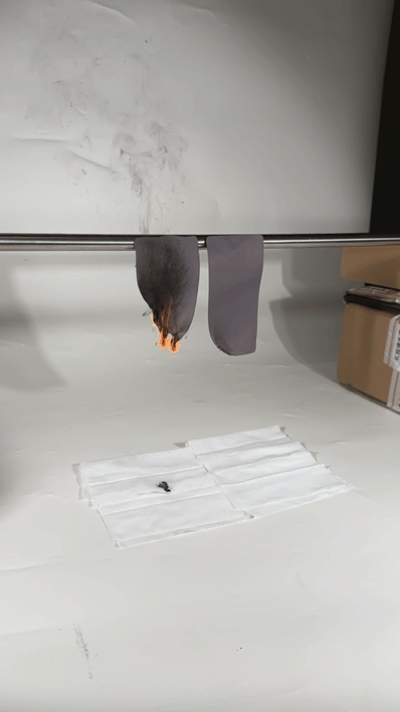We previously introduced the Frisian flame-retardant curtain, but how does this fabric truly compare to ordinary fabrics when exposed to real flames? This time, we’re bringing you a firsthand look with live test results for a more authentic and visually compelling experience:
When it comes to fire safety, not all fabrics are created equal. NFPA-701 certified curtain fabrics are designed to self-extinguish, resist fire spread, and reduce smoke production—providing critical protection compared to ordinary fabrics, which can ignite and spread flames rapidly.
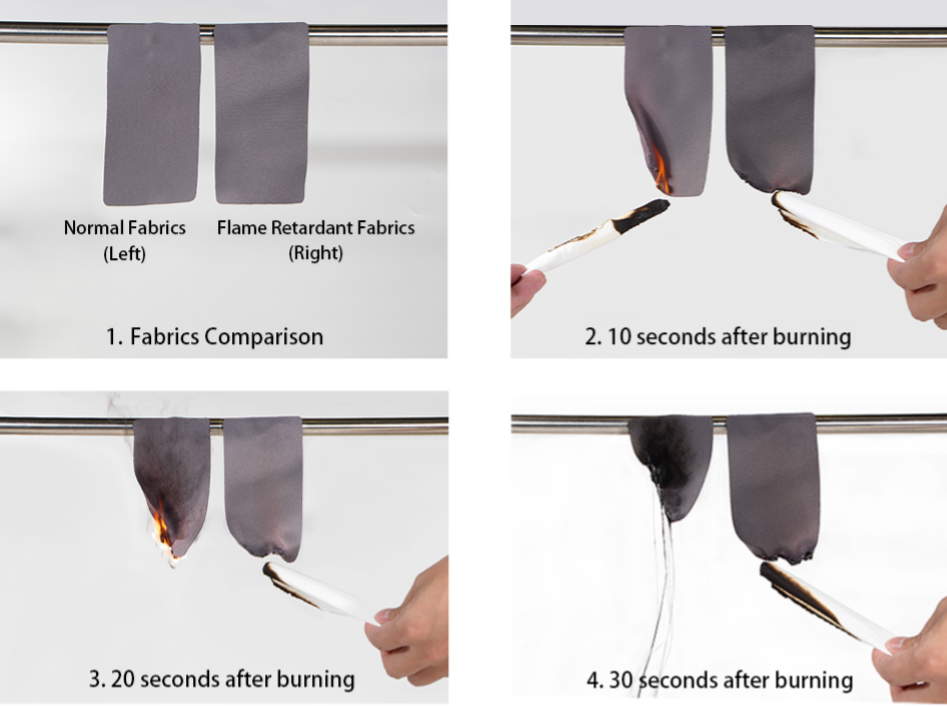
In the visuals provided, we compare the burning behavior of ordinary curtain fabric and Frisian fabric after brief contact with flames.
It’s clear that ordinary fabric (on the left) ignites quickly, allowing flames to spread rapidly. This is especially true for synthetic materials, which can melt and drip, further accelerating the fire. In contrast, Frisian (on the right) self-extinguishes or burns slowly, with limited flame spread and only minor localized charring.
Additionally, the two fabrics demonstrate significant differences in various real-life scenarios:
Additionally, the two fabrics demonstrate significant differences in various real-life scenarios:
|
|
|
|
NFPA 701 Certified Fabric
|
|
|
|
|
|
|
May produce large charred areas or molten droplets that can fall and ignite nearby flammable materials.
|
|
|
Leaves behind ash or charred residues that are unlikely to fall off or cause secondary fires.
|
|
|
|
|
|
|
Flames spread rapidly and can engulf the entire fabric in a short time, posing a higher fire risk.
|
|
|
Flames spread very slowly and remain within safety standards.
|
|
|
|
|
Heat Release and Smoke Production
|
|
|
Can release significant heat and produce large amounts of toxic smoke, such as carbon monoxide, endangering safety and evacuation efforts.
|
|
|
Low heat release and minimal smoke production help maintain visibility and reduce exposure to toxic gases.
|
|
|
|
|
Heat Release and Smoke Production
|
|
|
Can release significant heat and produce large amounts of toxic smoke, such as carbon monoxide, endangering safety and evacuation efforts.
|
|
|
Low heat release and minimal smoke production help maintain visibility and reduce exposure to toxic gases.
|
|
|
|
|
Safety and Risk of Reignition
|
|
|
May reignite even after the flame source is removed, increasing the likelihood of fire escalation.
|
|
|
Typically does not reignite once the flame source is removed and effectively suppresses the fire.
|
|
|
|
With fireproof materials like Frisian, you minimize the risk of dripping embers, toxic smoke, and uncontrolled flames, ensuring a safer environment for homes, offices, and public spaces.



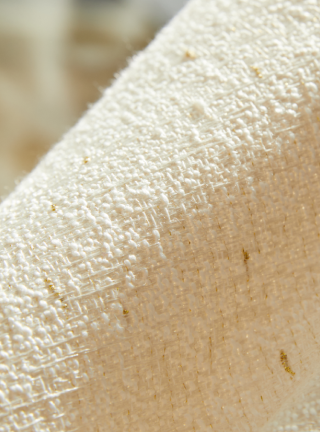
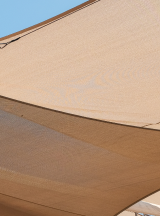










 Loyalty Plan
Loyalty Plan





